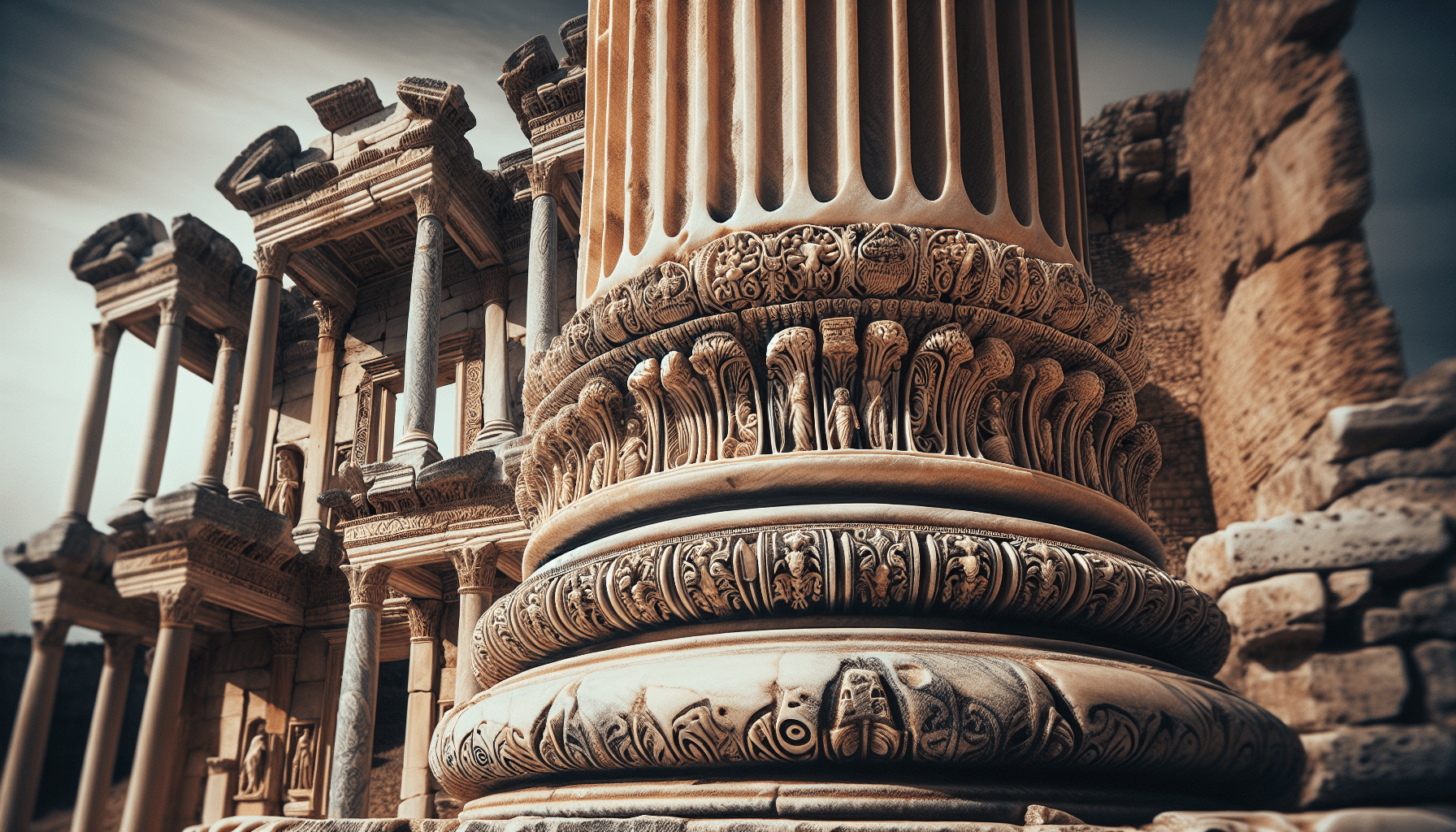Welcome to a fascinating exploration of the lasting influence of Roman architecture in Turkey. From ancient ruins to iconic structures, the imprint of Roman design can be seen throughout the country. Join us as we delve into the history and significance of these architectural wonders, uncovering the rich heritage that connects Turkey to its Roman past. Let’s embark on a journey through time and discover how Roman architecture continues to shape the landscape of this beautiful country. Have you ever wondered about the influence of Roman architecture in Turkey and how it has shaped the country’s landscape? Let’s take a journey together to explore the impact of Roman architectural marvels in Turkey. From ancient theaters and aqueducts to grand temples and baths, Roman architecture in Turkey has left a lasting legacy that continues to awe and inspire visitors from all over the world.

